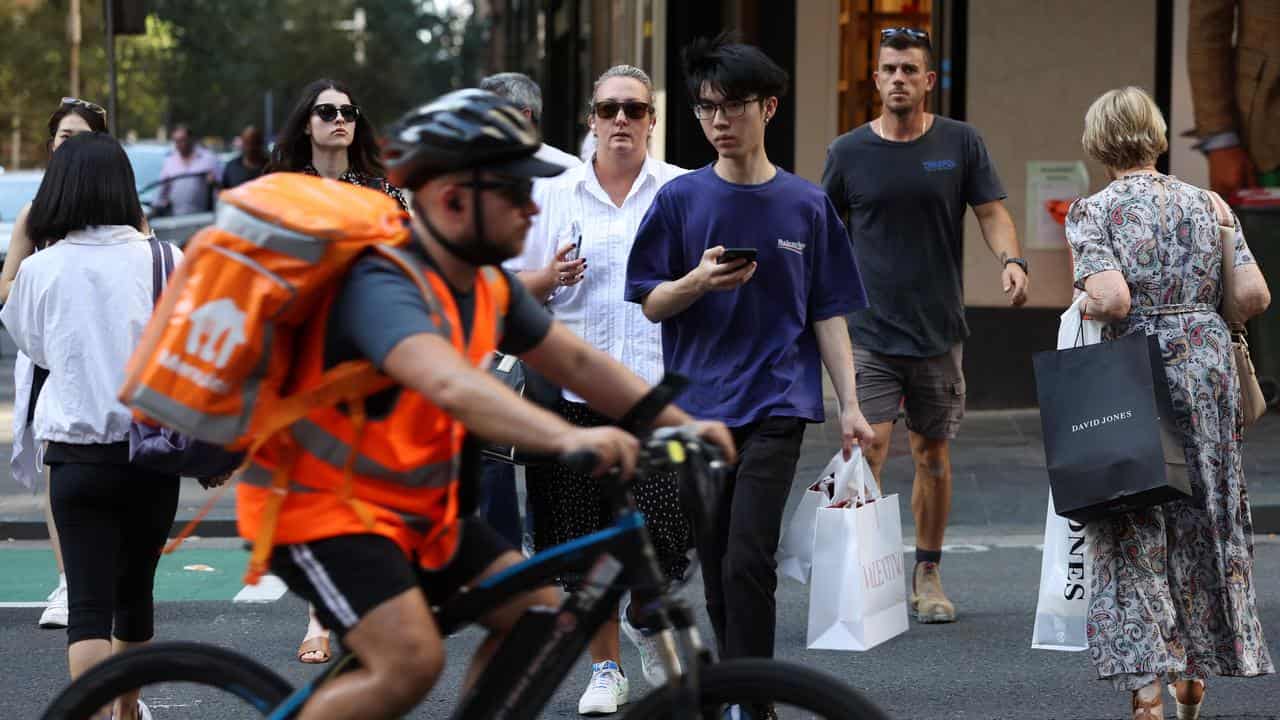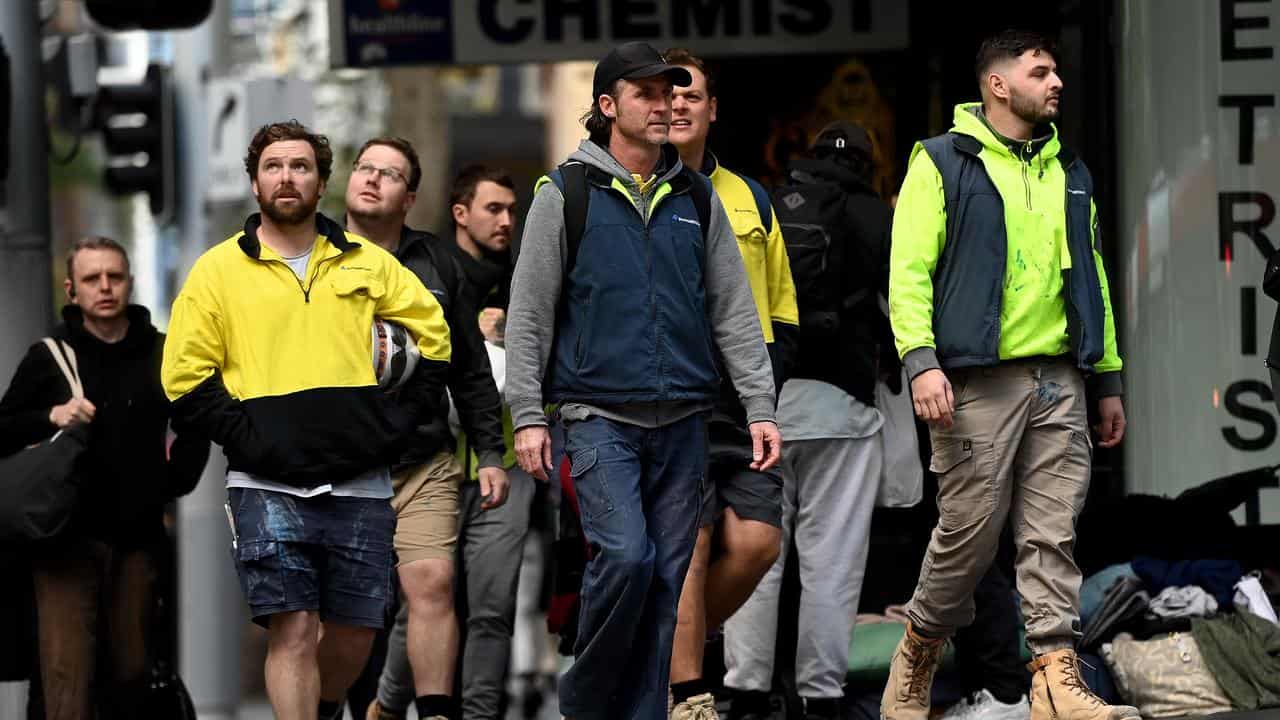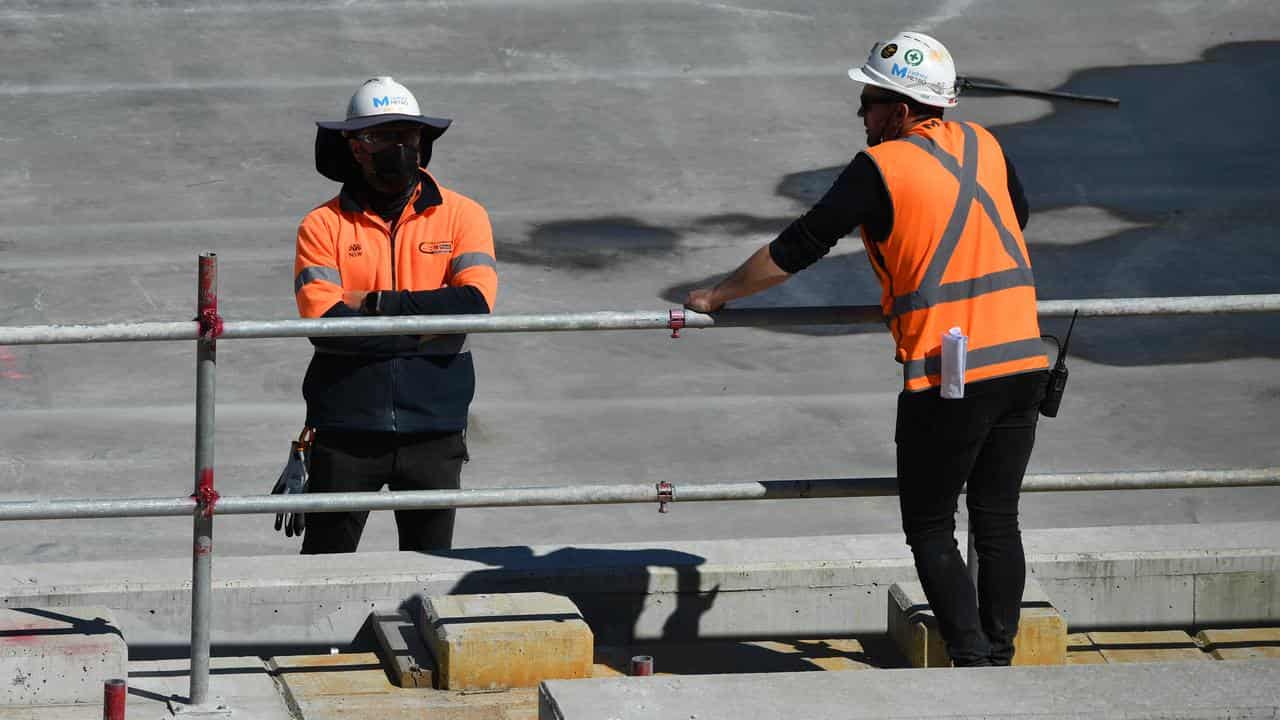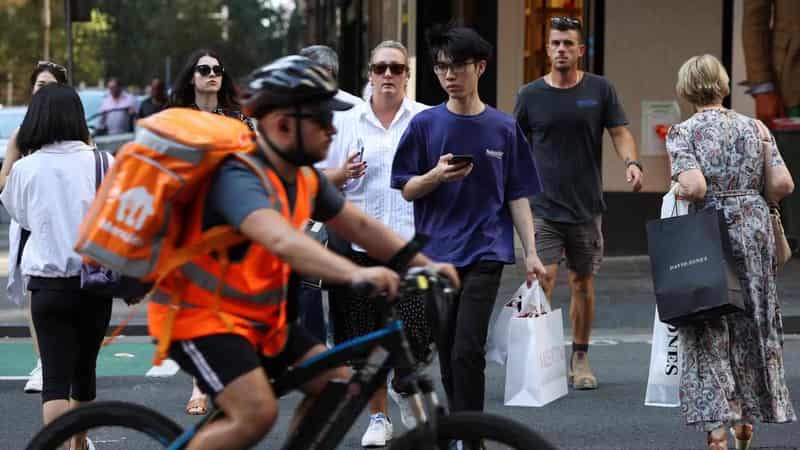
Australia's labour market is still in pretty good shape despite the economy shedding jobs and the unemployment rate edging higher.
A more muted result was widely expected in the Australian Bureau Statistics' March labour force data following a stellar set of numbers in February.
The jobless rate in March ticked higher to 3.8 per cent, from 3.7 per cent in February, coming in slightly lower than the 3.9 per cent consensus forecast.
After the massive 117,600 employment jump in February, 6600 jobs disappeared in March, a weaker result than the 7200 employment increase economists had pencilled in.

The participation rate fell 0.1 per cent to 66.6 per cent.
ABS head of labour statistics Bjorn Jarvis said the labour market remained "relatively tight" in March, with an employment-to-population ratio and participation rate still close to their record highs of November last year.
"While they have both fallen by 0.4 percentage points since then, they continue to be much higher than their pre-pandemic levels,” Mr Jarvis said.
The bureau noted the small drop in employment in March followed a larger-than-usual movement of people into jobs in February and weakness throughout December and January.
In March, the ABS said flows into employment had returned to more typical patterns.
Moody’s Analytics economist Harry Murphy Cruise said it was clear the labour market was still "exceptionally healthy" despite the noisy data.
In trend terms, the unemployment rate has not budged from 3.9 per cent since November.
"What makes the unemployment rate's sturdiness particularly remarkable is that inflation has come down in leaps and bounds over the same period," he said.
Yet he said employment gains would slow throughout the year as high interest rates squeezed household spending and added to borrowing costs of businesses.

The state of the labour market has implications for the high interest rates because of its influence on wages and inflation.
The Reserve Bank of Australia is forecasting the jobless rate reaching 4.3 per cent by December 2024 and 4.4 per cent by the end of 2025.
CommSec chief economist Craig James said there were few surprises in the jobs figures that were a touch weaker than consensus.
He said investors were of the view there was nothing in the data standing in the way of rate cuts in the second half of the year.
"So for now, the waiting game on interest rates continues," he said.
Quarterly inflation numbers due next week will also be watched closely ahead of the next cash rate call.









